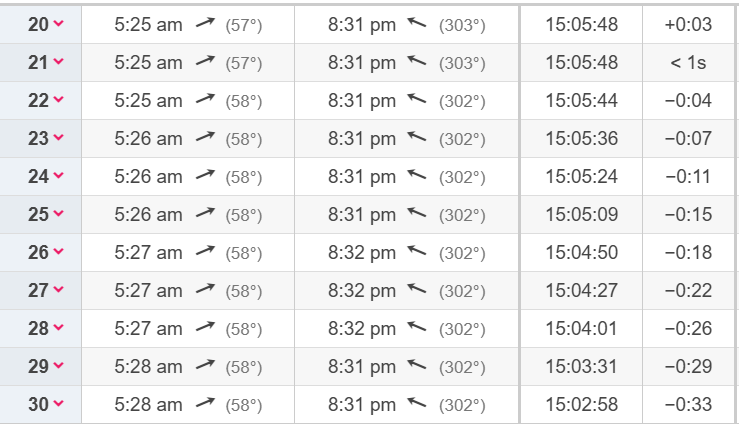Records:
Highs:
EWR: 103 (1994)
NYC: 98 (1994)
LGA: 97 (1994)
JFK: 98 (1994)
Lows:
EWR: 53 (1954)
NYC: 49 (1914)
LGA: 56 (2022)
JFK: 54 (1965)
Historical:
1794: A violent tornado commenced west of the Hudson River in New York. The tornado traveled through Poughkeepsie then crossed the border into Connecticut where it went through the towns of New Milford, Waterbury, North Haven, and Branford. It then continued into Long Island Sound. The tornado did extensive damage, and the funnel was reported by one observer to look like the "aurora borealis."
1835 - A tornado tore through the center of New Brunswick NJ killing five persons and scattering debris as far as Manhattan Island. The tornado provided the first opportunity for scientists to study firsthand the track of such a storm. (David Ludlum)
1934: A hurricane in the Gulf of Mexico came ashore in Louisiana, then moved northeast, passing over northern Delaware, Philadelphia, PA and central New Jersey as an extratropical storm, with sustained winds of 45 mph. Philadelphia received 1.70 inches of rainfall on the 18th into this date, and New York City had 1.93 inches on this date, a daily record. As the storm passed over Philadelphia, the pressure dropped to 29.40 inches of mercury. (Ref. Wilson Wx. History)
1938 - A cloudburst near Custer Creek, MT, (near Miles City) caused a train wreck killing forty-eight persons. An estimated four to seven inches of rain deluged the head of the creek that evening, and water flowing through the creek weakened the bridge. As a result, a locomotive and seven passenger cars plunged into the swollen creek. One car, a tourist sleeper, was completely submerged. (David Ludlum)
1944: Hailstorm caused great destruction to fruit crop in Winchester, Virginia.
1964: A squall line producing large hail swept through central Illinois, followed by two more consecutive lines passing shortly after dawn. The resulting hailstorms caused damage in excess of $9 million dollars, as hailstones the size of grapefruits brought havoc to trees, utility lines, crops and buildings. The thunderstorms also produced as much as 5 inches of rain over an 8-hour period. (Ref. Wilson Wx. History)
1965: The Arkansas River crested at 15.68 feet at Dodge City, KS. Heavy rains in Eastern Colorado combined with three broken dams started the torrent of water which flowed through Colorado and Kansas. The river rose seven feet in 15 minutes between 9 AM and 9:15 AM. The deepest part of south Dodge was about 7 feet under water. The deep water created other problems, when gas regulators were covered, pressure built up in the gas lines and Dodge City was rocked by explosions. Total urban losses in Dodge City and Wilroads Gardens were estimated at nearly $3.8 million dollars, including damages to 615 residences and 155 businesses. 24 Kansas counties were declared flood disasters. (Ref. Wilson Wx. History)
1972 - Hurricane Agnes moved onshore near Cape San Blas FL with wind gusts to 80 mph, and exited Maine on the 26th. There were 117 deaths, mainly due to flooding from North Carolina to New York State, and total damage was estimated at more than three billion dollars. Up to 19 inches of rain deluged western Schuylkill County PA. The rains of Hurricane Agnes resulted in one of the greatest natural disasters in U.S. history. Agnes caused more damage than all other tropical cyclones in the previous six years combined (which included Celia and Camille). (David Ludlum) (The Weather Channel)
1987 - It was a warm June day, with plenty of thunderstorms east of the Rockies. Lightning knocked out power at Throckmorton, TX, and ignited an oil tank battery. A woman in Knox City TX was struck by lightning while in her car, and a man was struck by lightning near his home in Manatee County FL. Strong thunderstorm winds overturned several outhouses near Bixby OK, but no injuries were reported. (The National Weather Summary) (Storm Data)
1988 - Temperatures soared above 100 degrees in the central U.S. for Father's Day. Fifteen cities reported record high temperatures for the date. Severe thunderstorms in Minnesota and Wisconsin produced softball size hail near River Falls WI, and wind gusts to 80 mph at Menomonie WI. (The National Weather Summary) (Storm Data)
1989 - Fourteen cities reported record high temperatures for the date as searing heat spread from the southwestern deserts into the High Plains Region. Record highs included 98 degrees at Billings, MT, 107 degrees at Valentine, NE, and 112 degrees at Tucson, AZ. (The National Weather Summary)
1990 - What would eventually be known as the "Inland Hurricane" stuck south central Kansas. This storm system produced a swath of 65 to 120 mph winds across six counties and caused $80 million dollars in damage. The peak recorded wind gust was 116 mph, which reaches low-end category 3 on the Saffir-Simpson hurricane wind intensity scale. On the enhanced Fujita Scale the 116mph winds would be rated an EF2. The storm knocked out power to all the Wichita TV stations, and they were off the air for hours. All but one of the Wichita Radio Stations, including the Wichita NOAA Weather Radio Station KEC-59, was knocked off the air. (National Weather Service Wichita)
2006 - Up to 11 inches of rain fell in the Houston, Texas area, causing widespread flash flooding. The Houston Fire Department rescued more than 500 people from flood waters, but no serious injuries or fatalities were reported





